Posted: 3/29/15
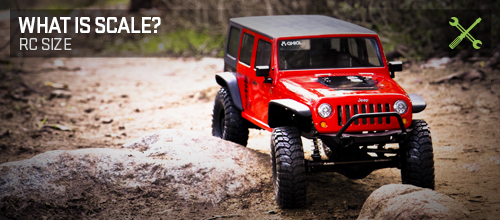
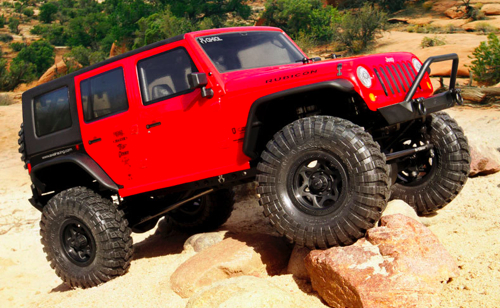
Scale trucks are realistic trucks. That's pretty easy to understand. If it's "scale," it's about scale realism. But, what about the other way we use the word scale in RC? Before the word scale was slated as an offshoot of the crawling segment, scale was the go-to way to describe the size of a vehicle.
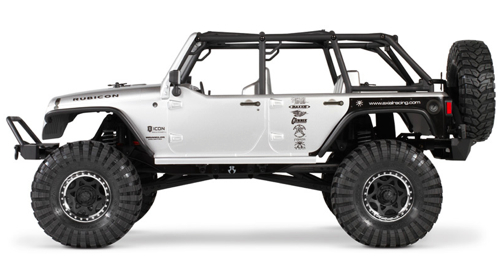
Scale in RC is usually listed as 1/10, 1/8, etc. The most common scale in RC, or the "standard" scale, is 1/10 scale. The "1/10" means the vehicle is 1/10th the size of the full-size vehicle. So, if a full-size late-model Jeep Wrangler is 153" long, the 1/10-scale version would be 15.3" from bumper to bumper--approximately. The real 4-door version of the Jeep Rubicon Unlimited is 173" long with a 116" wheelbase. An absolutely true-to-scale model would have a 11.6" wheelbase. The SCX10 version has a close 12.3" wheelbase, which provides very realistic proportions.
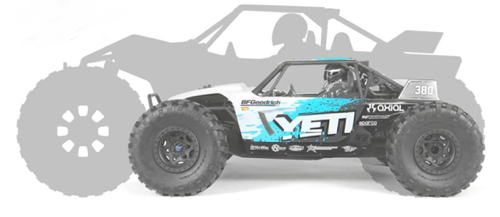
If a 1/10-scale model is ten-times smaller than the real version, a 1/8-scale model is eight-times smaller than the real version. So, 1/8 scale is bigger than 1/10 scale. This is well is illustrated by comparing the 1/10-scale Axial Yeti and the "extra large" Yeti XL, which is 1/8 scale.
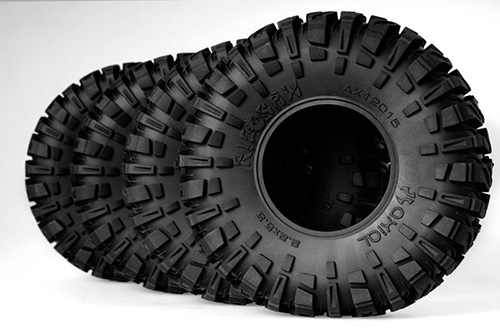
Not only does the scale concept or formula get used to describe the overall size of RC vehicles, but it helps understand how your RC tires compare to real tires. For both looks and maximized performance, a fair amount of license is taken with tires sizes. Most RC scale rock crawlers come with tires over 4" tall. The reason this might be considered taking a bit license is because a 4" 1/10-scale tires would be 40" tire on a full-size vehicle, which is a pretty large tire for a rock crawler. For example, the Axial 1.9 Ripsaw has an overall diameter or height of 4.3", which makes it a 1/10-scale version of 43" tire. That's pretty large, but it provides a desirable aggressive look and good ground clearance for solid off-road performance.